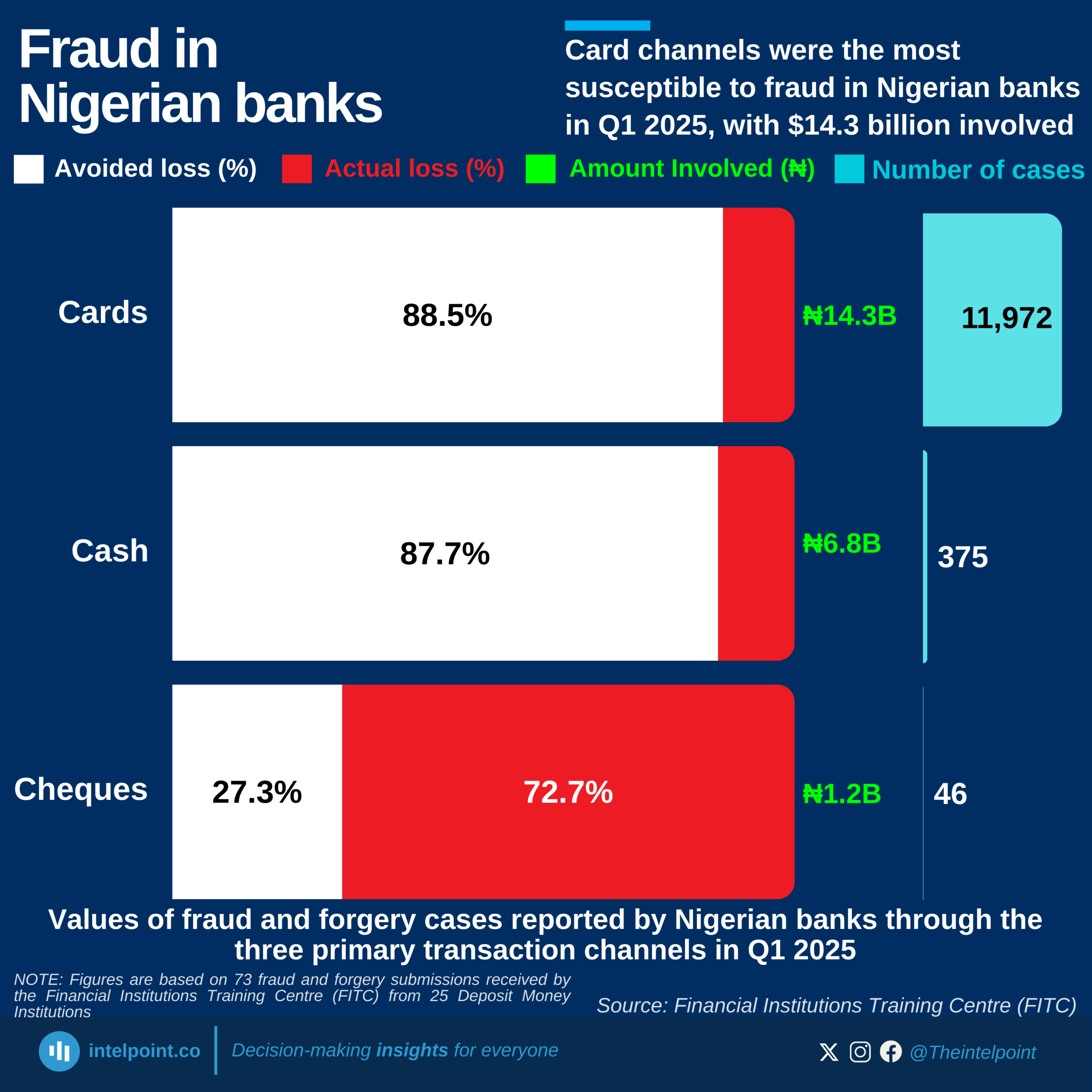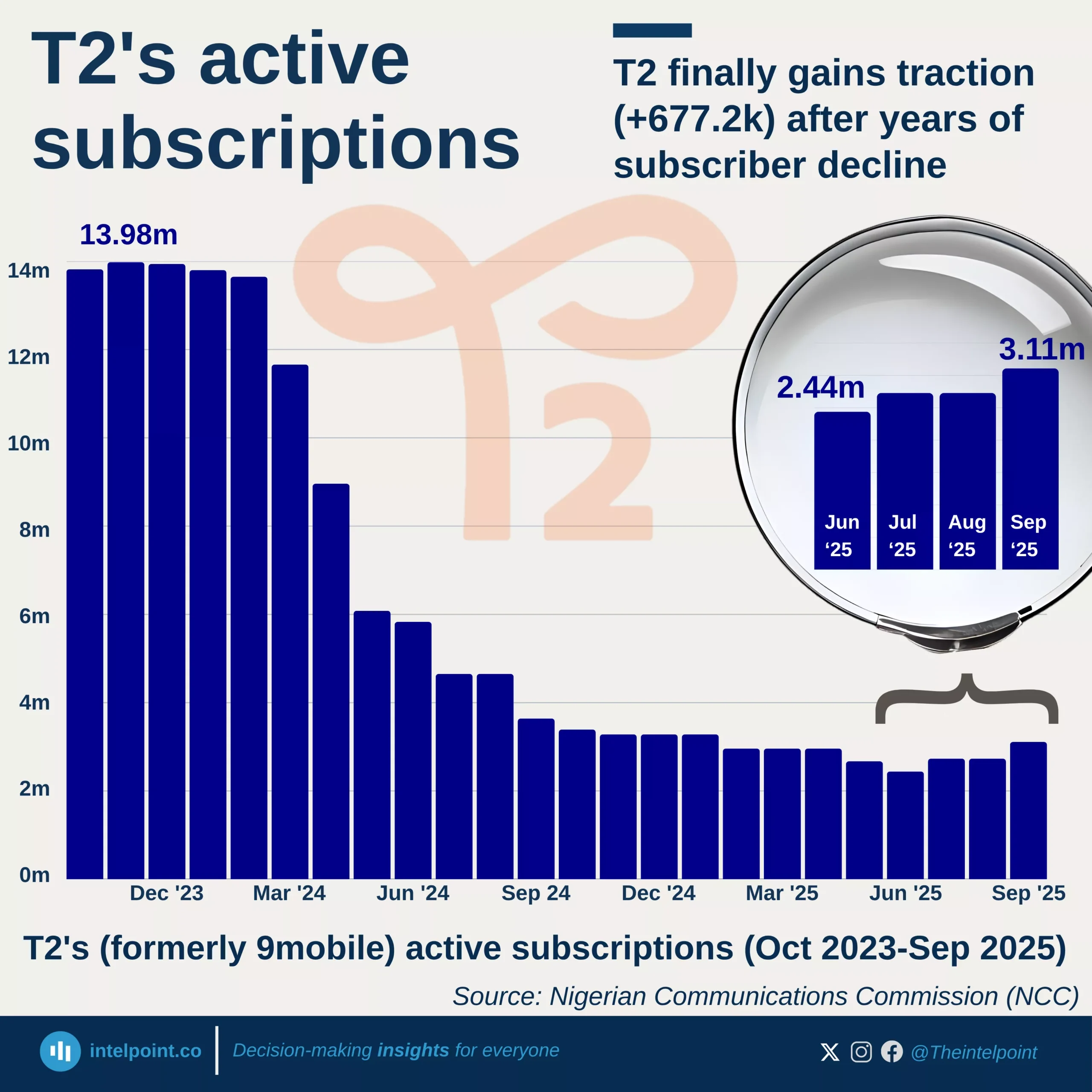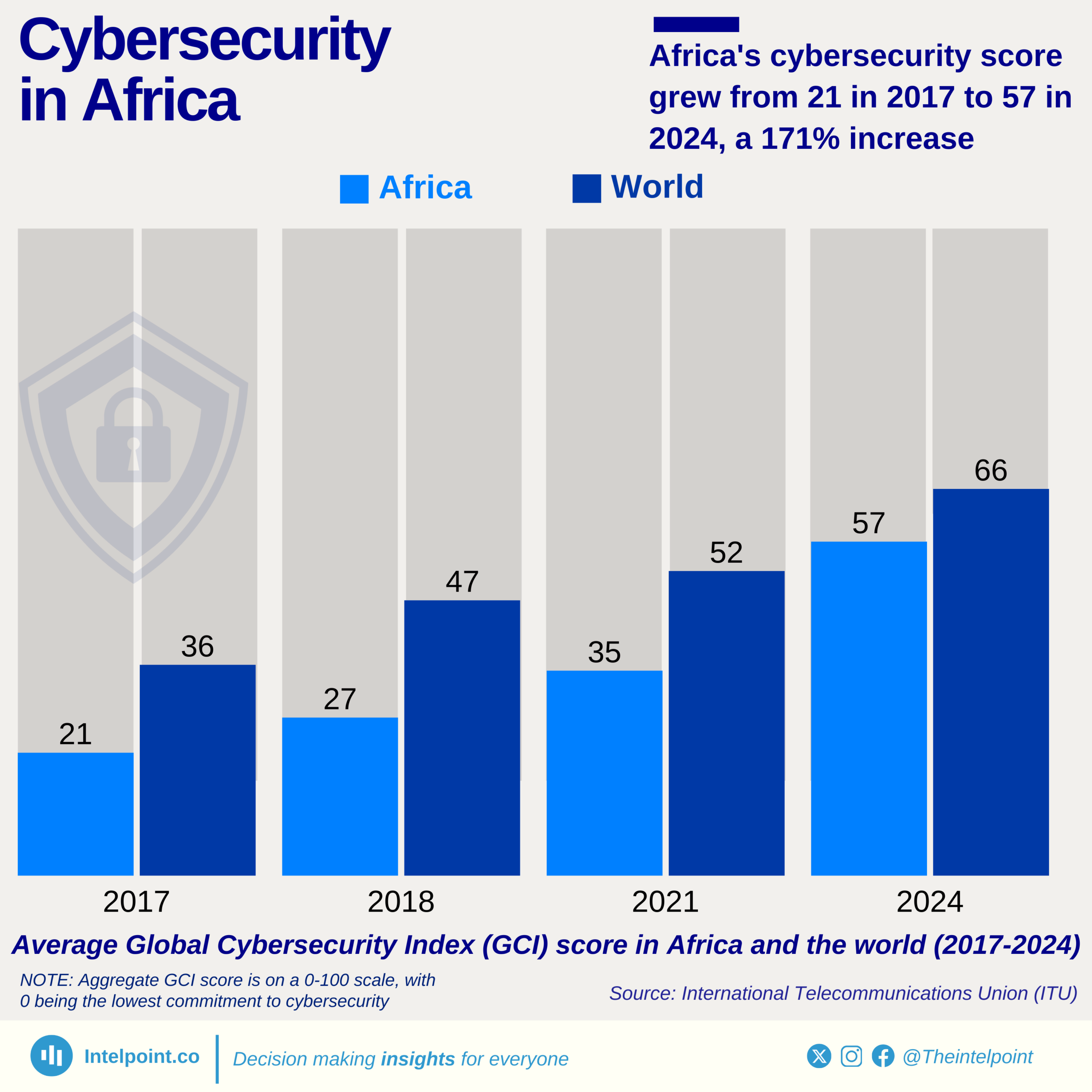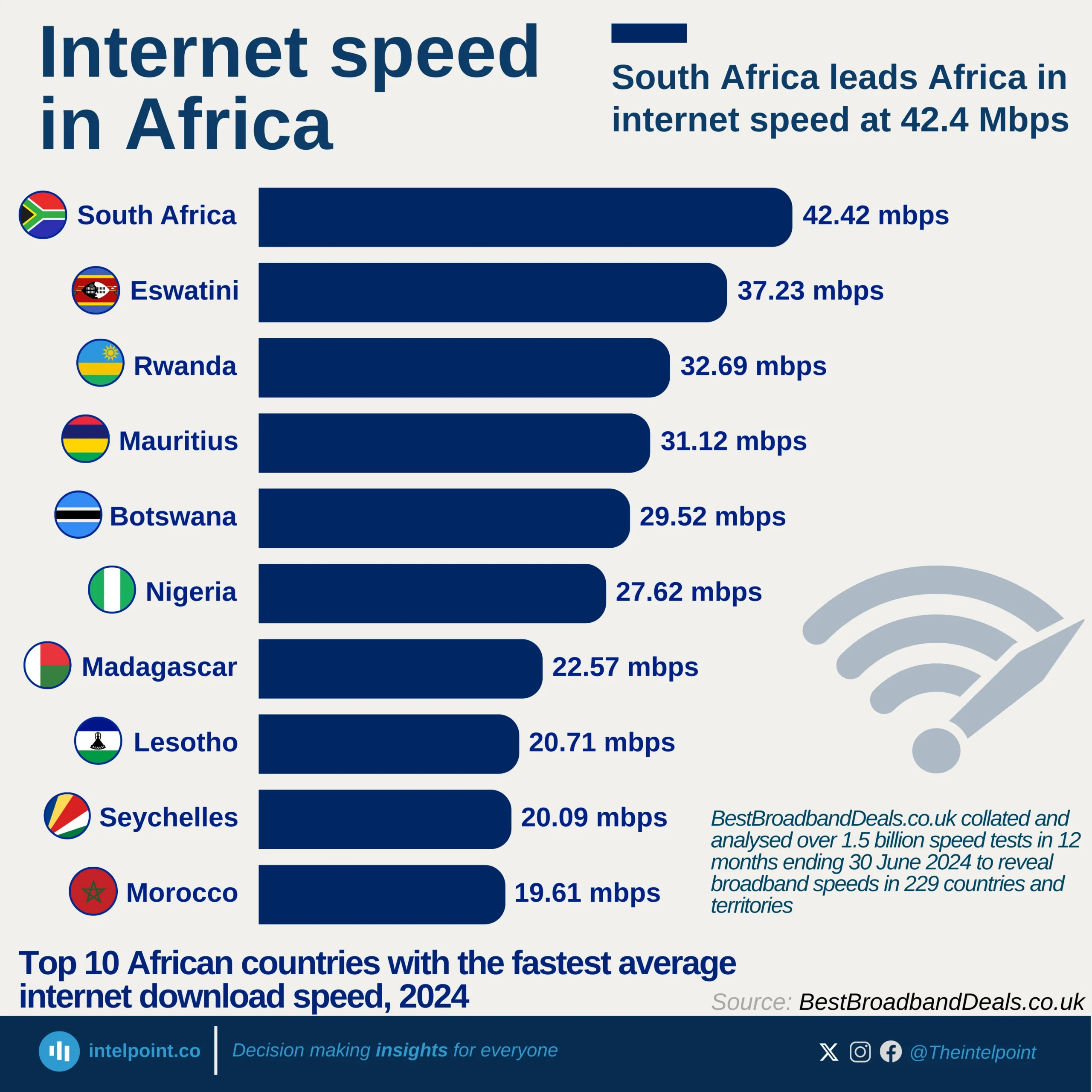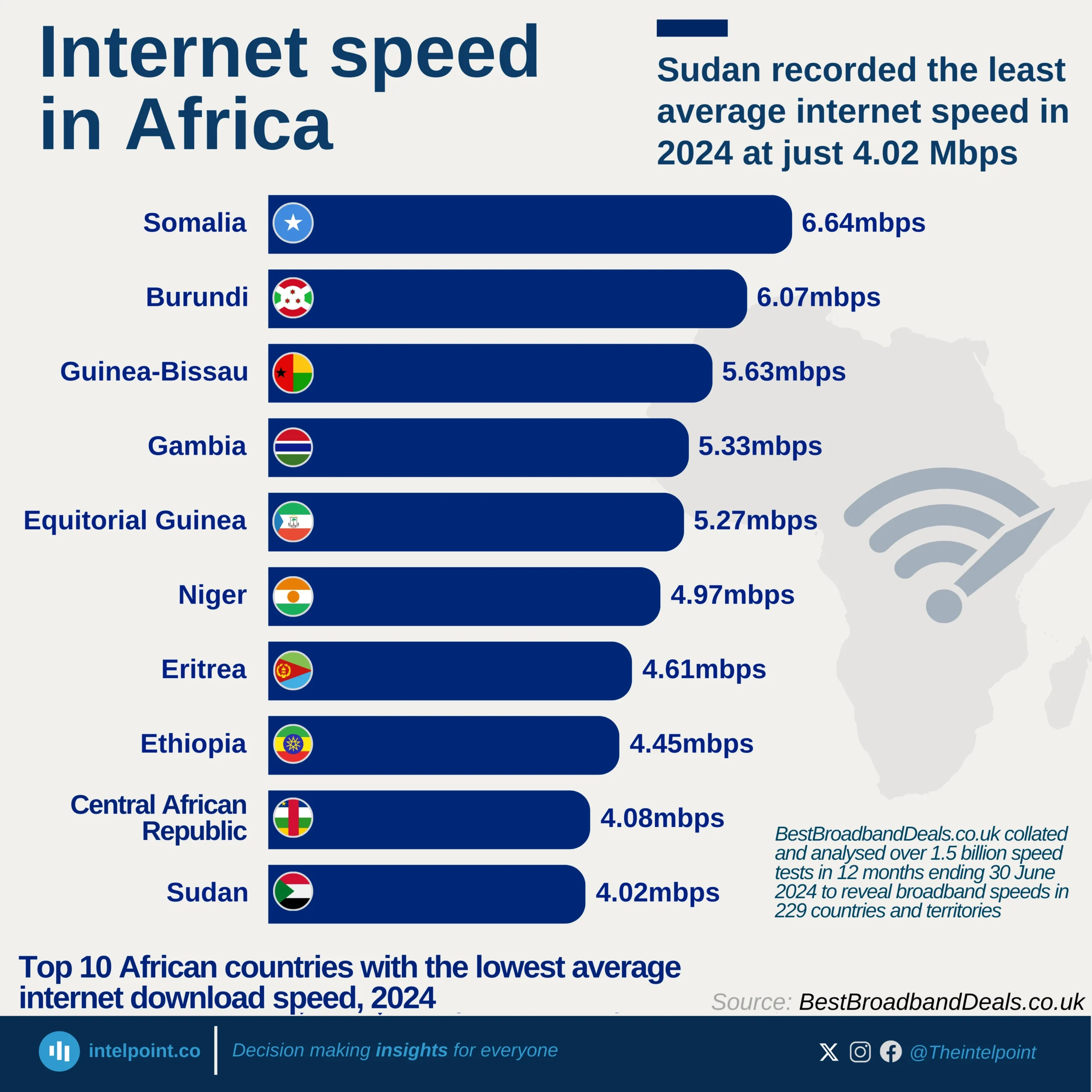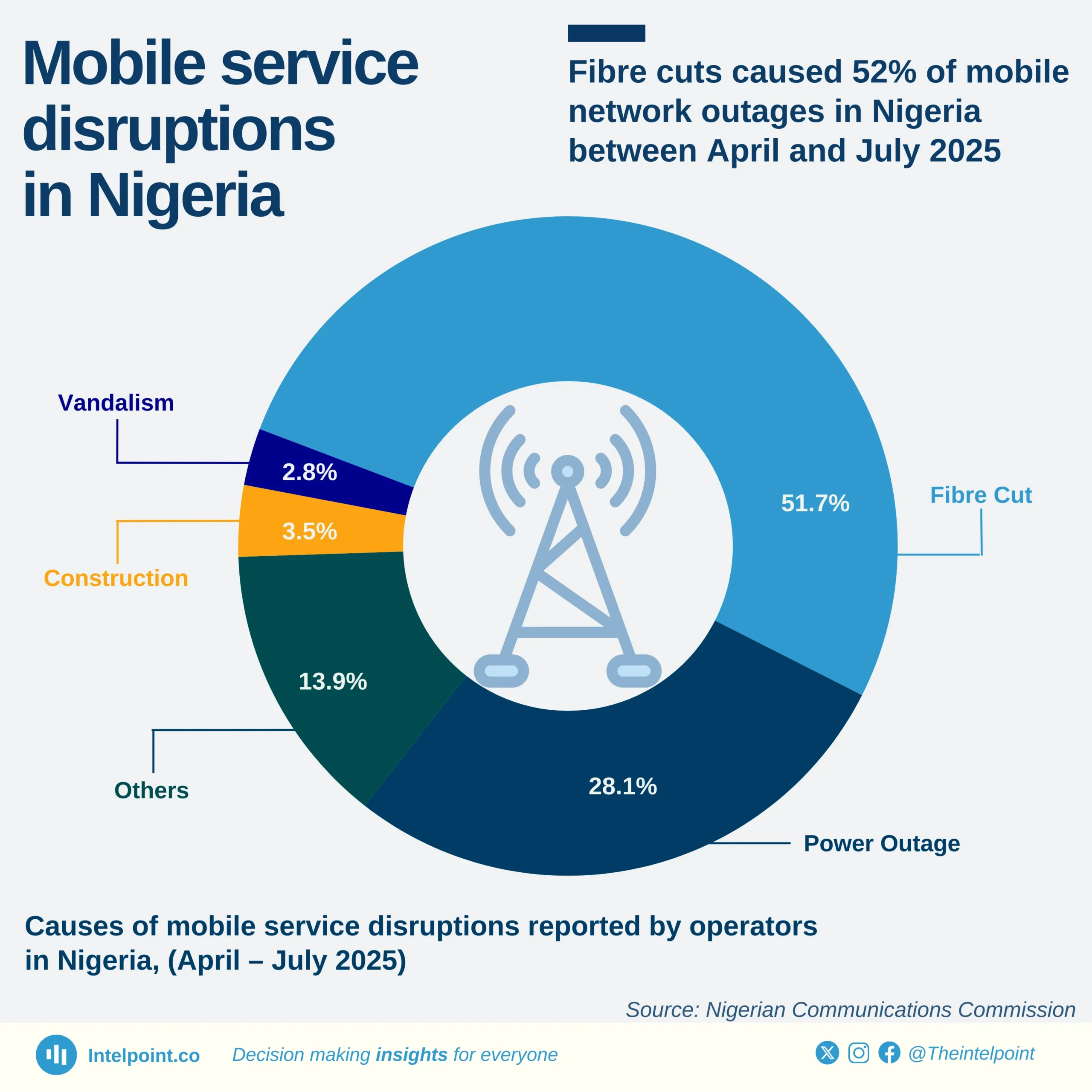Nigeria’s major GSM operators have expanded their on-land fibre optic networks significantly over the years, but at different paces. Airtel has been the most aggressive, surpassing both MTN and Glo, with a fibre optic network reaching 16,112 km by 2022. In contrast, 9mobile has had minimal expansion, with its fibre network stagnating at 4,650 km since 2018.
This highlights the varying strategies of operators in Nigeria’s telecom sector, with Airtel prioritising on-land fibre optics infrastructure expansion while others maintain steady or declining investments.
